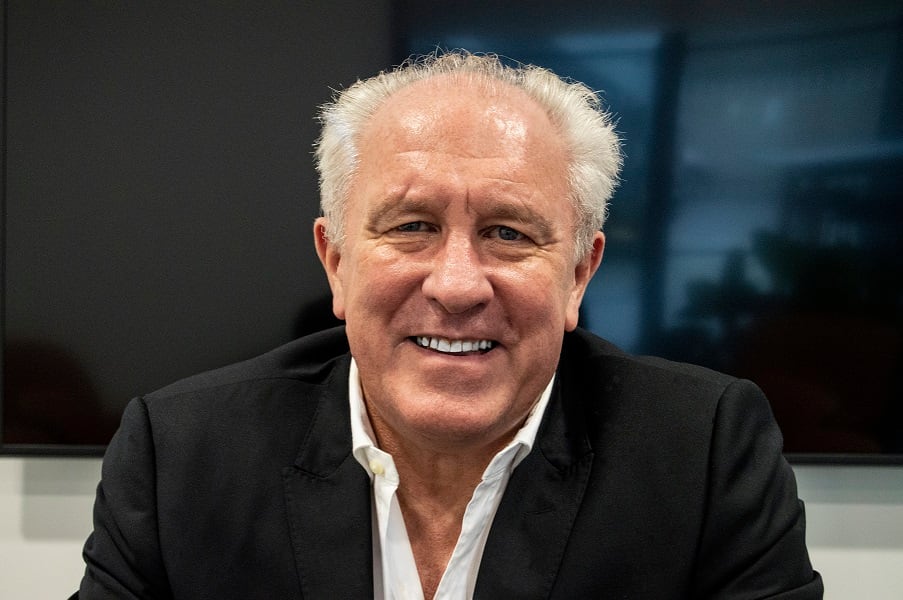If you see a mass of products in a category such as kombucha, then chances are you have missed the boat. What you need to have a POD (point of difference); something that others aren’t doing and is clearly a direction for the market. The trend now is ‘health, taste and low or no sugar’, especially since Covid-19 as everyone wants to get healthy and fight off potential viruses or illness.
So, here are the steps to follow before investing any money in a food or drink idea.
Research
Many clients come to us with little idea of the competition in the category they want to enter. The more established a category is (e.g. energy drinks), the harder and more expensive it will be to make inroads.
Don’t just look at your country, research the rest of the world. You can learn from other brands' mistakes and get some great ideas from the flavours they have used.
Point of difference
There has been A LOT of innovation in the drinks category. However, many products simply don’t stand out enough to make a real difference in the market.
Ask yourself: Will the audience cross the road to buy your drink?
To stand out you must have a point of difference; a unique, tasty blend of ingredients to ensure that your target audience will cross the road to buy your drink rather than accepting what’s immediately on offer. Creating a following will make your brand attractive to the big players to buy in the long term.
Money
This isn’t a cheap industry to get into and one of the issues is the minimum runs for production. You can develop a production recipe (as opposed to one made in the kitchen), get a brand name and branding, and then attempt to raise the money in order to pay for a production run; but it’s virtually impossible to raise money just on a basic idea.
It’s essential to have a clear financial budget for your business – whether you are self-funding or going out to investors. With many products you can start with what is known as an MVP (minimum viable product), but this doesn’t work in the drinks sector. The taste, the name, the branding, the distribution, the samples, the presentation pack for buyers – all this needs to be spot-on from day one. And that requires money.
Recipe development
Just because you have made your drink in the kitchen doesn’t mean that it can be exactly replicated in a mass-production situation.
This is a very specialised area, and the recipe needs to be perfect. So, you will definitely need expert help. Any contract manufacturer will expect an exact recipe. And, for the packaging, you will need all the nutritional information for labelling.
Often overlooked is the regulation on Novel Foods. This applies within the UK and the EU. If your ingredient falls under ‘Novel Foods’ you’ll probably need to pay for research to prove it is safe for human consumption. (See: https://ec.europa.eu/food/safety/novel_food_en)
Not all ingredients can be used in drinks and this is protected by Novel Foods, so you need to be sure that all your ingredients are allowed.
Packaging
This can make a huge difference to your cost outlay.
Glass is the cheapest option as you can do the smallest production run. However, neither wholesalers or retailers like glass, the former due to the weight, and the latter because it may break.
Second cheapest option is Hot Fill PET (plastic) which is small volume as the PET bottles can be filled with high temperatures. The negatives are that the bottles are ugly and with PET polluting the oceans, consumers are turning away from this packaging.
Next is Aseptic Fill where the PET bottles are blown on-the-line. However, you cannot do a small run with this method. With productions running at 25,000 per hour, you can imagine how many you’d need to make this option viable.
Fourth is cans. These are popular, but minimum runs are high. For example, minimum runs for printed cans are 150,000 and minimum filling runs are 75,000. There are options to fill blank cans from as low as 12,000 volume with sleeves added afterwards. More expensive but a better way to test the market.
Fifth, is Tetra Pak. Printed runs of the cardboard are around 100,000 and need to be used within a year.
Finally there is HPP (High-Pressure Processing). This is great for juices as the temperature is only 4C so it preserves all the goodness, antioxidants and flavour. The runs are small, but the cost is 10-15p per bottle just to put them in the machine as they use pressure, not heat to pasteurise. The distribution must be chilled with only a one or two-month shelf.
Understanding the best type of packaging for your drink and your target market is important – it’s a large part of your initial outlay so you want to get it right.
Co-Packers (Contract Manufacturers)
These people fill your drink in bulk and you need to be careful who you choose to work with. Do your research and make sure that the company you select has a good reputation and cares about start-ups. Also make sure they have the right certification as once you start to get listings, that question will be asked by retailers and wholesalers.
It is hard to do this alone. So, get the appropriate help and advice to give your drinks brand the best chance of success.

About the author: Richard Horwell is the owner of Brand Relations, a specialist food and drink marketing and branding company based in London. Over the last 10 years, Brand Relations has been behind the launch and development of over 80 brands in the UK. Richard has also built up and sold companies of his own in the Food and Beverage sector. He has over 30 years’ experience in marketing FMCG brands around the world, having lived and worked in the US, Australia and the Middle East.


